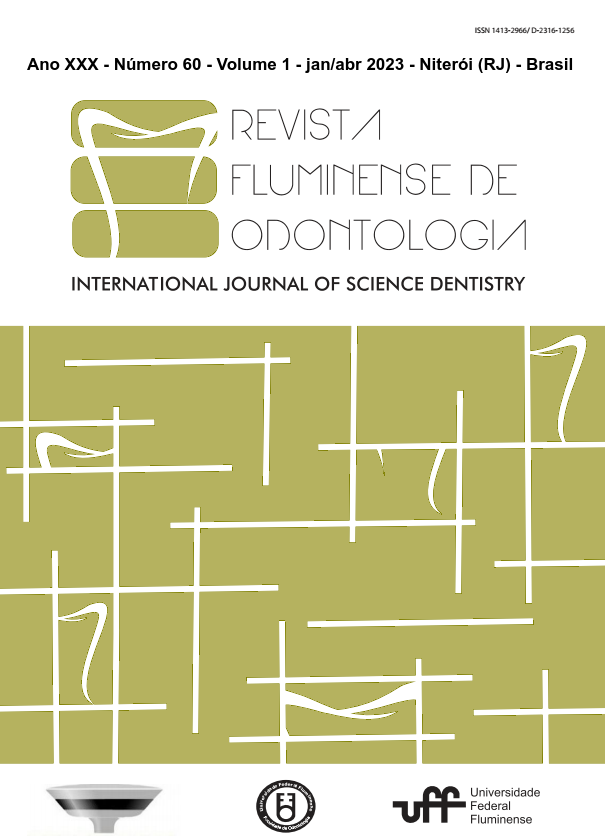COLOR STABILITY OF DIFFERENT CERAMIC SYSTEMS MILLED IN CAD/CAM AND POLISHED WITH DIFFERENT METHODS
DOI:
https://doi.org/10.22409/ijosd.v1i60.54569Abstract
The discoloration or loss of translucency of ceramic materials used in dentistry is still a problem today, especially due to aesthetic compromise. In order to compare color stability, lithium disilicate (IPS e.max CAD HT) and zirconia-reinforced lithium silicate (Vita Suprinity HT) blocks were milled into a disc design with dimensions of 1.5 × 7 × 12 mm3 (n = 120). The specimens were prepared using 3 surface finishing procedures: glaze, mechanical polishing and external staining and glaze. Then, each group was divided into 2 storage subgroups, black tea and coffee (n = 10/group). Color measurements were measured with a spectrophotometer (VITA Easyshade) at the initial stage and after 1 week, 2 weeks, 1 month, 2 months of storage. Color changes (ΔE) were calculated and statistically analyzed using ANOVA (α < 0.05). We observed that, for both ceramic materials, the glaze procedure presented statistically lower color change values than the other groups (p < 0.05) after storage in both beverages. The lithium disilicate groups showed statistically lower color change values than the zirconia-reinforced lithium silicate groups. It is concluded that, glaze alone led to greater color stability compared to mechanical polishing and external staining, lithium disilicate showed greater color stability compared to zirconia-reinforced lithium silicate.
Keywords: Beverages; CAD/CAM; color stability; surface finishing methods.





